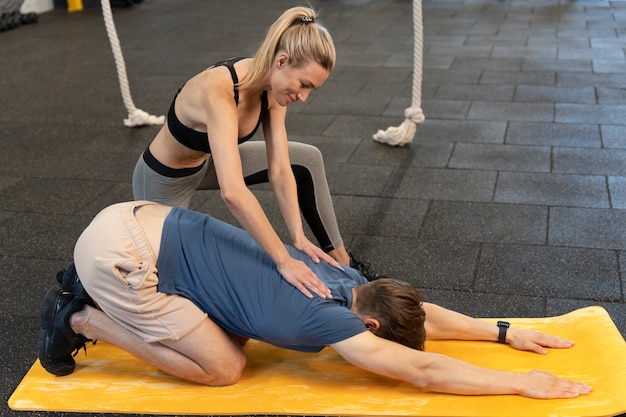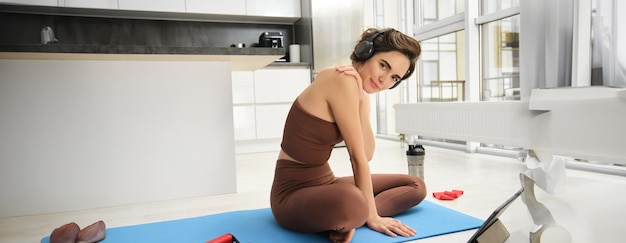Building muscle doesn’t require hours in the gym or expensive equipment—especially if you’re managing back pain and a packed schedule. With smart strategies, you can gain strength safely, efficiently, and sustainably. This guide delivers 25 time-efficient, back-friendly muscle gain tips designed for real-world lifestyles. No fancy gear. No risky lifts. Just practical, science-backed methods to help you grow stronger without aggravating your back.
Most adults struggle to find 30 minutes a day for fitness. When back pain enters the equation, motivation drops further. The key is maximizing muscle stimulation in minimal time—using compound movements, smart recovery, and proper form to avoid strain.

Focus on movements that work multiple muscle groups without compressing the spine. Incline push-ups, bodyweight rows, and goblet squats engage chest, back, legs, and core while minimizing shear forces on the lower back.
As noted in fitness research, incline close-grip presses activate the chest, front delts, and triceps efficiently. Perform them on a sturdy surface like a couch or bench to reduce spinal load compared to flat bench presses.
Master bodyweight variations before adding load. Push-up progressions, glute bridges, and bird-dogs build foundational strength safely. These require zero gear and can be done in under 10 minutes.
Planks, wall sits, and static lunges build muscle endurance and core stability without joint movement—ideal for sensitive backs. Hold each for 20–40 seconds, focusing on alignment.
Light to medium resistance bands offer scalable tension without heavy loading. Banded rows, chest presses, and leg abductions protect the spine while stimulating growth.

Short, intense sessions improve adherence. Aim for 2–3 full-body workouts per week, each lasting no more than 30 minutes. Focus on quality reps over volume.
Muscle grows during rest. Prioritize 7–8 hours of sleep nightly. Poor recovery increases inflammation, which can worsen back discomfort and slow gains.
Dehydration reduces muscle performance and joint lubrication. Aim for at least 2–3 liters of water daily to support metabolism and tissue health.
Consume 20–30g of protein within 1–2 hours post-workout. Options like Greek yogurt, eggs, or plant-based shakes support muscle repair without needing supplements.
A slight caloric surplus fuels muscle growth. Add healthy fats (nuts, avocado) and complex carbs (oats, sweet potatoes) to meals without overeating.
Sitting increases lumbar pressure. Stand every 30 minutes. Use a standing desk or take short walks to reduce stiffness and improve circulation.
Start with cat-cow stretches, arm circles, and hip openers. These prep muscles and joints without strain, reducing injury risk.
Barefoot training improves balance and foot strength, enhancing squat and lunge mechanics. This reduces compensatory back strain.
On busy days, commit to just 2 minutes of movement—like wall push-ups or glute bridges. Starting builds momentum and maintains routine.
Muscle gain isn’t always reflected on the scale. Take monthly photos in consistent lighting to visually track changes.

Avoid sit-ups. Instead, do dead bugs and side planks to build deep core stability that supports the spine during lifting.
Slow down the lowering phase (3–4 seconds). Eccentric loading builds muscle effectively with lighter weights, reducing spinal compression.
Maintain natural spinal curves during all exercises. Avoid rounding or over-arching your back, especially during squats and hinges.
Combine push-ups with bodyweight squats in supersets. This keeps heart rate up, saves time, and balances workload.
Fill backpacks with books, use water jugs, or canned goods for added resistance. Practical and cost-effective.
Exhale during exertion (e.g., pushing up), inhale on release. Proper breathing stabilizes the core and reduces intra-abdominal pressure on the spine.
Sharp or radiating pain means stop. Dull muscle fatigue is normal; joint or nerve pain is not. Modify or skip exercises that trigger discomfort.
Spend 5–10 minutes daily on hip flexor stretches, thoracic rotations, and hamstring mobility. Improved movement quality enhances lifting safety.
Missed a workout? Do a mini-session later. Progress comes from consistency over months, not perfection in a single week.
Improved posture, reduced back discomfort, better sleep—these are real gains. Acknowledge them to stay motivated.
Building muscle with back pain is not only possible—it can actually help reduce discomfort by strengthening supporting musculature. With these 25 tips, you can make steady progress without overhauling your life or risking injury. Start small, stay consistent, and trust the process.

Fitness

Fitness

Fitness

Fitness

Wellness

Fitness

Fitness

Fitness

Fitness

Fitness

Fitness

Fitness

Health

Fitness

Health

Health